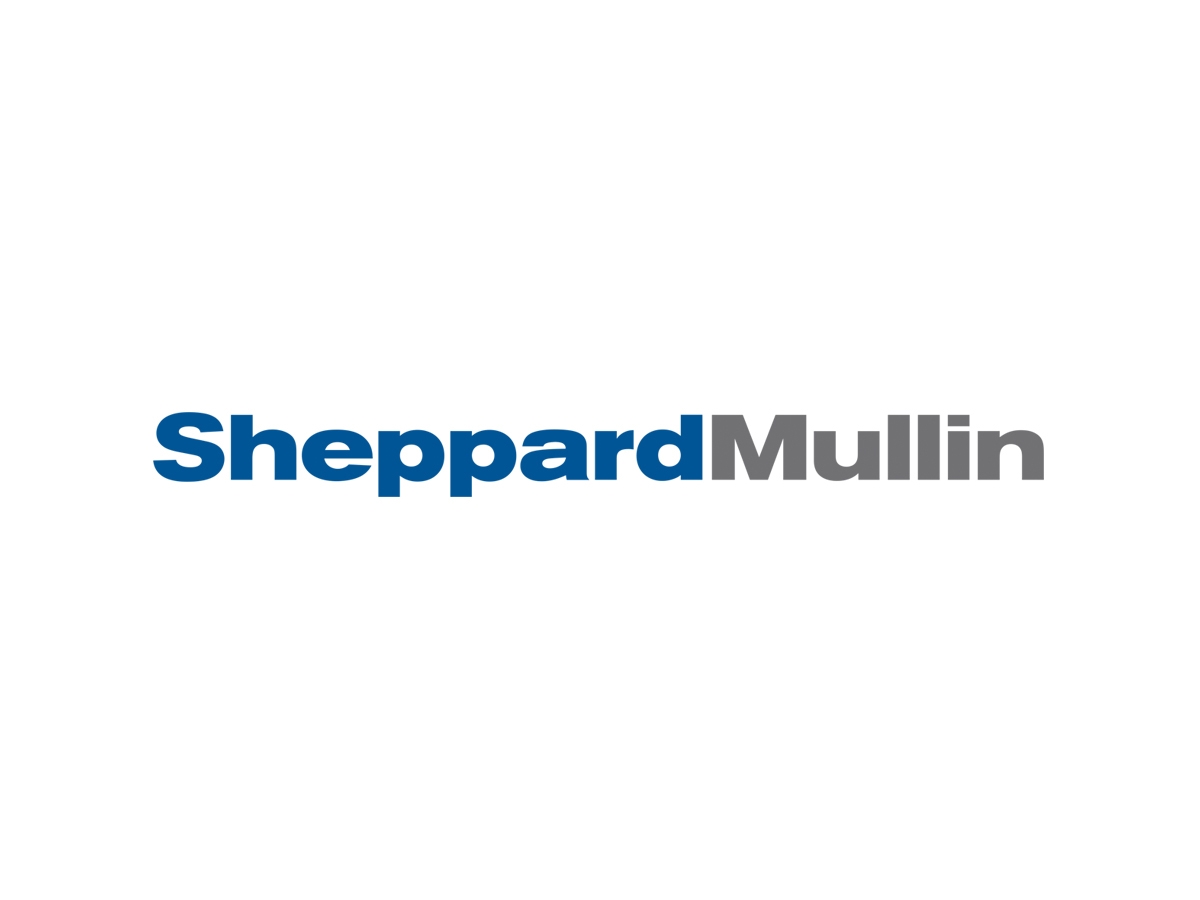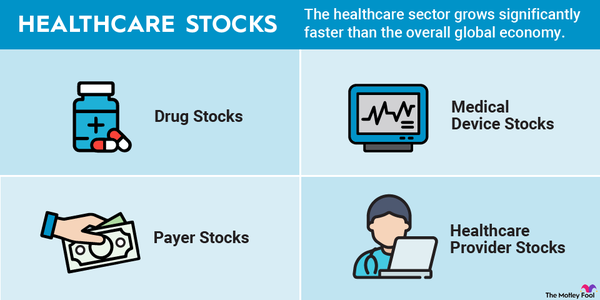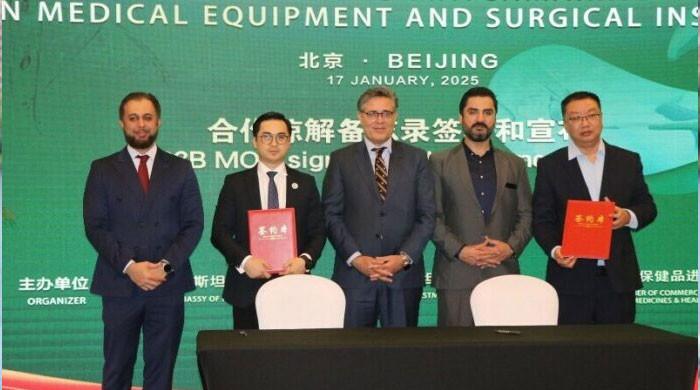Navigating Gainsharing Pitfalls in Value-Based Models | Sheppard Mullin Richter & Hampton LLP

As the shift toward value-based care continues to transform the healthcare industry, hospitals and health systems are increasingly utilizing incentive-based physician compensation structures. Incentive-based compensation often includes a combination of a base salary with a variable bonus component tied to performance metrics, with the metrics being chosen based on overarching organizational goals, such as improving quality of care and managing costs. With these aims in mind, hospitals and health systems often base bonus achievement on meeting certain objective metrics, such as patient satisfaction scores, productivity measures, adherence to clinical guidelines, cost-saving measures, or other quality indicators most applicable to the department or physician group involved.
These types of arrangements, which are often termed “gainsharing” or “pay-for-performance,” encompass a broad spectrum of partnerships wherein healthcare providers collaborate to cut unnecessary healthcare costs and subsequently share the resulting savings. However, particularly when looking to use metrics based on cost savings, hospitals and health systems should incorporate safeguards in the incentive compensation model to reduce the risk of violating the gainsharing prohibition of the Civil Monetary Penalties Law (“Gainsharing CMPL”).
The Gainsharing CMPL
The Gainsharing CMPL prohibits hospitals from making “a payment, directly or indirectly, to a physician as an inducement to reduce or limit medically necessary services provided with respect to” Medicare and Medicaid beneficiaries. Penalties for violating the Gainsharing CMPL can include civil monetary penalties ranging from $5,000 to $10,000, which may be assessed based on each patient who was involved in the prohibited arrangement, meaning that the hospital or physician involved with an inappropriate compensation system could face significant penalties.[1]
History and Current Application of the Gainsharing CMPL
Originally, the Gainsharing CMPL banned payments to physicians that could lead physicians to decrease or limit any services to Medicare or Medicaid beneficiaries. This language was interpreted broadly, with the Department of Health and Human Services, Office of Inspector General (“OIG”) releasing a Special Advisory Bulletin in July of 1999 that essentially banned most gainsharing or similar types of pay-for-performance compensation arrangements that were based on cost-savings. In particular, the Special Advisory Bulleting provided in pertinent part:
Gainsharing arrangements that directly or indirectly provide physicians financial incentives to reduce or limit items or services to patients that are under the physicians’ clinical care are precisely the kind of physician incentive plans that Congress prohibited when it enacted section 1128A(b)(1) of the Act. The language of the statute, the language of the companion statute on managed care physician incentive plans, and the legislative history compel the conclusion that section 1128A(b)(1) of the Act prohibits any hospital-physician incentive plan that compensates a physician directly or indirectly based on cost savings on items and services furnished to patients under the physician’s clinical care.[2]
However, in April of 2015, Congress passed the Medicare Access and CHIP Reauthorization Act of 2015 (“MACRA”), which revised the Gainsharing CMPL to address only inducements that might lead to reductions in “medically necessary” care.[3] MACRA’s passage signaled a shift in the Medicare program—moving away from payment based on volume toward payment based on value and quality of care—that required opening the door to some forms of gainsharing arrangements that had historically been prohibited.
Although the OIG continues to tread cautiously in permitting gainsharing arrangements due to concerns around decreases in medically necessary care, it now consistently acknowledges that gainsharing arrangements can provide considerable advantages when structured appropriately.[4] In particular, it is crucial that these programs are structured to avoid regulatory pitfalls, especially by addressing the risk that payments could incentivize physicians to direct patients towards a hospital involved in a gainsharing agreement with such physicians, or to select products or make other clinical decisions based predominately on cost rather than on quality and the needs of the patient. Hence, both before and after MACRA’s passage and in line with its recognition that gainsharing arrangements can be structured in ways that conform to the Gainsharing CMPL, the OIG has provided valuable guidance on best practices in structuring gainsharing incentive compensation models.
OIG Considerations: Pay-for-Performance and Gainsharing Arrangements
In OIG Advisory Opinion No. 08-16, the OIG reviewed a pay-for-performance program involving a hospital, a physician organization, and a commercial insurer. The program allowed the hospital to earn up to a 4% bonus from the insurer for meeting certain quality and efficiency standards, which the hospital would share with a physician entity that distributed the funds to its physician members. Any physician who had been on the hospital’s staff for at least one year was able to join the physician entity and receive a share of the funds. The metrics encompassed in the program were Quality Measures from the Specifications Manual for National Hospital Quality Measures (“Quality Measures Manual”) published by The Joint Commission. Performance on these measures was assessed across all inpatients with specific conditions or procedures, including those covered by Medicare and Medicaid.
The OIG concluded that while the pay-for-performance program might implicate the Gainsharing CMPL (in its pre-MACRA form), the OIG would not enforce sanctions due to the safeguards incorporated in the arrangement, including specifically:
- The arrangement was supported by credible medical evidence showing that it was likely to enhance patient care without adverse effects. The compensation was directly linked to achieving metrics based on a uniform and consistently updated set of national hospital quality measures, which suggested that financial incentives to physicians were designed not only to reward but also to ensure adherence to high-quality care practices recognized at the national level.
- Physicians were not incentivized to apply a specific standard in medically inappropriate situations because the bonus compensation was not reduced in cases where a select patient-care standard was contraindicated and could not be met.
- The metrics were reasonably related to the practice and patient population unique to the hospital where they were implemented.
- The compensation metrics were clearly and separately identified, and patients were notified of the arrangement, creating transparency and allowing for public scrutiny and physician accountability in the event of adverse effects.
- The hospital consistently monitored implementation of the metrics, protected against reductions or limitations in medically necessary care, and reacted when necessary.
In OIG Advisory Opinion No. 12-22, a large, rural hospital serving a medically underserved area had four cardiac catheterization labs on its main campus, which operated as departments of the hospital. The hospital handled billing for all non-professional services in these labs and had a co-management agreement with a cardiology group. This group represented the only cardiology providers on the hospital’s medical staff and the only providers who conducted and billed for professional procedures performed in the hospital’s catheterization labs.
Under their co-management agreement, the cardiology group oversaw management and medical direction for the hospital, providing a specified list of services. In return, the hospital compensated the group with a fixed fee plus a potential performance-based bonus, capped at a maximum value. These payments were made quarterly, with an annual review to adjust for performance. The performance bonus was divided into four parts: 5% for employee satisfaction, 5% for patient satisfaction, 30% for quality of care, and 60% for achieving cost savings. To qualify for each portion of the bonus, the group had to first meet baseline performance levels, and thereafter, the bonus amount was scaled at 50%, 75%, and 100% tiers, based on the level of achievement above the corresponding baselines.
The OIG acknowledged the value of incentive compensation arrangements that align the interests of physicians and hospitals, especially in promoting efficiency and reducing waste through rewards for hospital cost savings. However, it warned of potential abuses by “unscrupulous parties” using these payments to limit care, engage in patient selection based on profitability (“cherry picking”), induce patient referrals, or create unfair competition among hospitals through such financial incentives.
The OIG’s analysis of the co-management agreement focused on the cost-savings component, identifying it as the only aspect potentially implicating the Gainsharing CMPL (in its pre-MACRA form). Despite concerns that standardization efforts might lead physicians to limit services, the OIG found enough safeguards to avoid imposing sanctions. Key protections included the hospital’s assurance that patient care would not suffer, the hospital’s use of both internal and external checks to maintain care quality, the availability of flexibility for physicians to choose any device or supply, and the design of the arrangement to encourage savings through value rather than by restricting resources. Additionally, the financial incentives were deemed low-risk due to their limited duration, capped amount, and the contract’s explicit prohibitions against reducing care quality, improperly increasing referrals, selection of patients based on health or insurance status, or hastening discharges. While acknowledging that the contract’s provisions alone were not a complete safeguard, the OIG considered them an important factor in their analysis.
OIG Advisory Opinion 17-09 was the first time the OIG analyzed a gainsharing arrangement after the passage of MACRA. In that opinion, the OIG analyzed an arrangement wherein a hospital planned to distribute a portion of cost savings to neurosurgeons. Through a detailed analysis of past spinal fusion surgeries, the program’s administrator had identified 34 opportunities for cost savings, mainly through reducing the use of Bone Morphogenetic Protein (“BMP”) during surgery and by standardizing the medical devices and supplies used in certain procedures. The agreement in question stipulated that the neurosurgeons would share in the cost savings from reduced BMP usage so long as usage did not fall below 4%. Additionally, the neurosurgeons agreed to standardized products and devices while also being able to select preferred options when clinically appropriate.
Crucially, the hospital and neurosurgeons also implemented several safeguards to avoid a reduction of medically necessary services while also establishing documentation requirements to increase transparency. In particular, the hospital and neurosurgeons implemented the following safeguards:
- A program committee monitored and tracked the arrangement.
- To avoid cherry-picking patients, the neurosurgeons were prohibited from selecting patients to participate in or removing patients from the arrangement. The program committee reviewed data to ensure appropriate patient selection.
- Any neurosurgeon from the arrangement who was found to be actively steering patients or in violation of the arrangement’s clinical or administrative guidelines was required to be removed from the arrangement.
- Both the hospital and neurosurgeons were required to maintain all documentation detailing services and costs provided under the arrangement.
- Any patient seen as part of the arrangement was required to be given written notice of the arrangement before the patient was admitted to the hospital.
To calculate the cost savings for a given year, the program administrator compared base-year costs, which were updated annually to reflect the prior years’ performance, with performance-year costs for each product involved in the arrangement. This method ensured that savings achieved in the prior year were not repeated. Up to 50% of the calculated total savings were then passed from the hospital to its subsidiary, which in turn deducted the administrator’s management fee and distributed the remaining savings to the physician group. The neurosurgeons received their share of the savings on a per capita basis, after the physician group deducted fees for administrative costs and for recruiting efforts to bring other physicians into the group.
The OIG noted that the Gainsharing CMPL was relevant because payments from the hospital to the neurosurgeons could incentivize the neurosurgeons to cut back on medically necessary services. However, in their request for the opinion, the involved parties certified that the cost-saving measures would not diminish medically necessary services, highlighting that a program administrator would monitor any changes in costs, resource use, or the quality of patient care. While the OIG did not determine whether the program would exclusively target services deemed not medically necessary, it cited the parties’ assurances as a basis to conclude that the approach for calculating cost savings and the implemented safeguards sufficiently minimized the risk that the proposed arrangement would violate the Gainsharing CMPL.
In addition to the Advisory Opinions described above, the OIG has considered a number of other situations involving incentive compensation, pay-for-performance, and gainsharing arrangements.[5] Independently, some states have their own “gainsharing” prohibitions. Therefore, additional state-specific research may be warranted prior to implementing pay-for-performance or similar type of “gainsharing” incentive compensation arrangement.
Putting It Into Practice
Looking ahead, industry participants considering value-based care models which are centered on reducing costs should be mindful of the Gainsharing CMPL and the risks it poses. In particular, industry participants should work to shield their models and arrangements by implementing the safeguards highlighted by the OIG in the various opinions above. In particular, the following captures a list of safeguards commonly outlined by the OIG in determining that it would not impose sanctions:
- Operationalize mandatory internal auditing and performance monitoring of targets and implementation, including annual data review, along with appropriate corrective actions including termination of parties that are determined to have an adverse effect on care.
- Monitor physician participants for changes in referral patterns (including changes in patient mix) aimed at meeting targets. For example, if a physician’s referral patterns have changed significantly, due in any part to the financial awards available to the physician, consider terminating that physician’s participation.
- Provide assurances that physicians can choose clinically appropriate items and supplies for patient care.
- Implement policies to requiring maintenance of documentation detailing services and costs provided under a given arrangement.
- Tailor the arrangement to yield savings from increased clinical and fiscal efficiencies rather than through restriction of medical devices and supplies.
- Limit financial incentives under the program in both duration and amount.
- Ensure that transparency and accountability are integrated into the arrangement, such as by allowing for public scrutiny or individual physician accountability for adverse effects, should any occur.
- Verify through credible medical evidence that implementation will not adversely affect patient care.
- Ensure that the arrangement is universally applicable, regardless of the payer.
- Use objective measures to prevent inappropriate service reductions and to establish baseline thresholds for savings.
- Distribute financial incentives on a per capita basis to prevent disproportionate incentives among physicians.
- Tailor targets to be reasonably related to the practices and patient population of the provider as well as the procedures involved in the targets which are routinely used there.
- Clearly and separately identify performance measures that could result in compensation and provide affected patients with notice of the program before admission.
While adherence to such safeguards does not entirely eliminate the risks raised by the Gainsharing CMPL, it would help to mitigate potential risks. We note that providers considering alternate compensation arrangements should also be mindful of requirements imposed by the Stark Law and the federal Anti-Kickback Statute (as well as their state corollaries) and relatedly new flexibilities available under the new value-based exceptions and safe harbors.
FOOTNOTES
[1] 42 U.S.C.A. § 1320a-7a(b).
[2] Health Hum. Servs., Office Inspector General, Special Advisory Bulletin titled Gainsharing Arrangements and CMPs for Hospital Payments to Physicians to Reduce or Limit Services to Beneficiaries (July 1999),
[3] 81 Fed. Reg. 88368, 88370-71 (Dec. 7, 2016).
[4] See OIG Ad. Op. Nos.: 00-02, 01-1, 05-01, 05-02, 05-03, 05-04, 05-05, 05-06, 06-22, 07-21, 07-22, 08-09, 08-15, 08-16, 08-21, 09-06, 12-22, 17-09, and 21-06.
[5] See OIG Ad. Op. Nos.: 00-02, 01-1, 05-01, 05-02, 05-03, 05-04, 05-05, 05-06, 06-22, 07-21, 07-22, 08-09, 08-15, 08-16, 08-21, 09-06, 12-22, 17-09, and 21-06.
link







